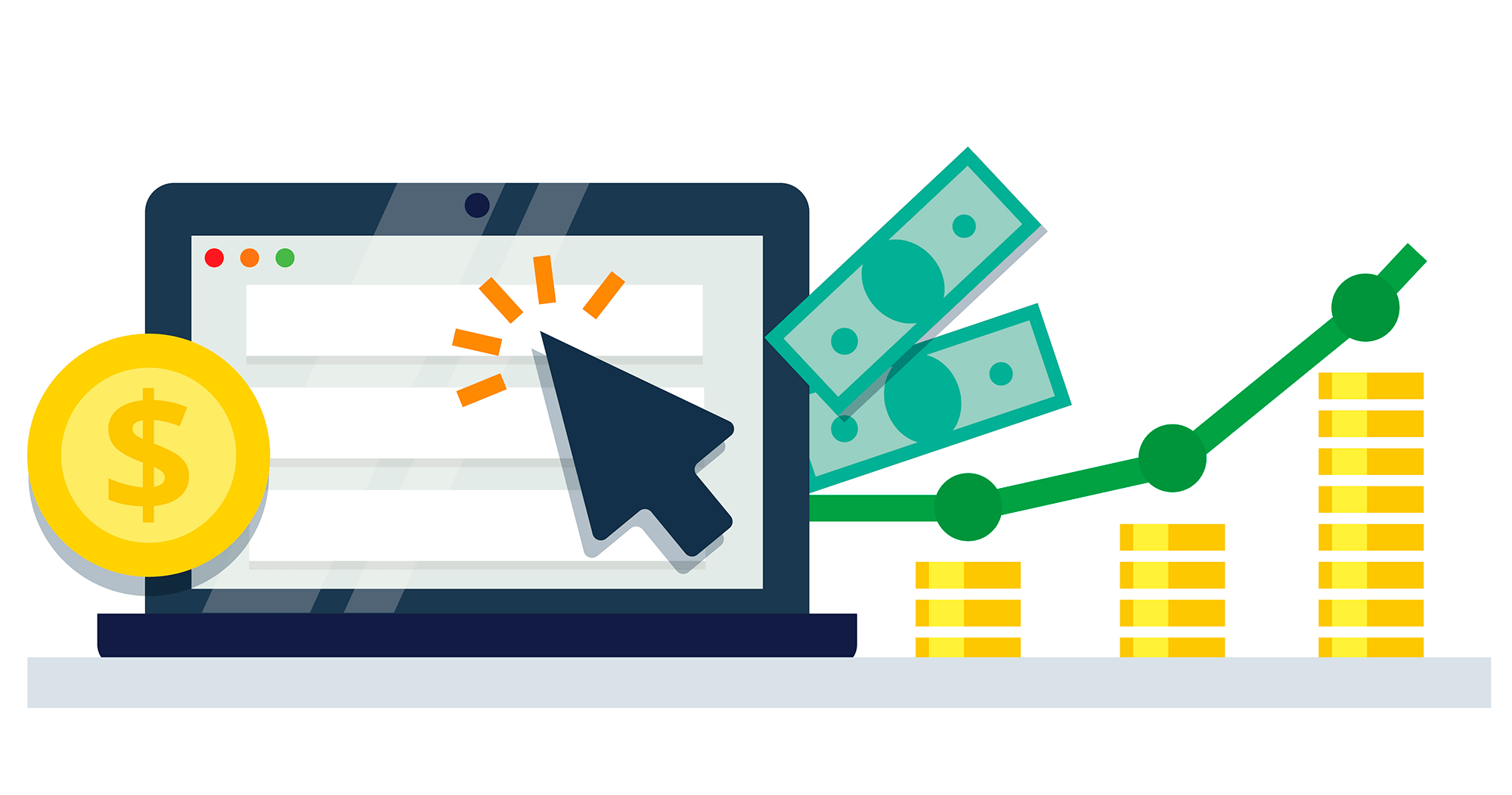Monetizing a website is a top priority for many website owners, and Google AdSense remains one of the most reliable ways to generate revenue.
With billions of daily ad impressions, Google AdSense provides website owners with an effective monetization model that rewards them based on ad views and clicks.
If you’re looking for the best ways to monetize your website with Google AdSense, this guide will walk you through the proven strategies to maximize your earnings.
Whether you are a blogger, publisher, or business owner, implementing these strategies can significantly boost your revenue while maintaining a positive user experience.
Understanding Google AdSense Monetization
What is Google AdSense?
Google AdSense is an advertising program that allows website owners to earn revenue by displaying targeted ads. Advertisers bid for ad placements on websites through Google’s ad network, and publishers receive a share of the advertising revenue when users interact with the ads.
How Google AdSense Generates Revenue
AdSense revenue is primarily driven by two models:
| Revenue Model | Description | Best For |
| CPC (Cost Per Click) | You earn money when a visitor clicks on an ad displayed on your website. | High-engagement websites with interactive content. |
| CPM (Cost Per Mille) | You get paid per 1,000 ad impressions, regardless of clicks. | High-traffic websites with a broad audience. |
By optimizing your ad placements, formats, and content strategy, you can significantly increase your earnings through AdSense.
7 Proven Ways to Monetize Your Website with Google AdSense
Monetizing your website with Google AdSense is a tried-and-tested way to generate passive income. However, simply placing ads on your site isn’t enough—you need the right strategy to maximize your earnings. By optimizing your approach, you can significantly increase your revenue while maintaining a seamless user experience.
1. Optimize Ad Placement for Maximum Clicks
One of the most effective ways to monetize your website with Google AdSense is by strategically placing ads to increase visibility and engagement. Poorly placed ads may not generate clicks, while well-positioned ads can significantly boost revenue.
Best Ad Positions for Higher Click-Through Rates (CTR)
| Ad Placement | Benefits |
| Above the Fold | Ensures ads are seen immediately without scrolling. |
| Within Content | Increases visibility as users engage with the article. |
| Sidebar and Footer Ads | Provides additional revenue opportunities without interfering with content. |
| Between Paragraphs | Helps break long content while keeping readers engaged. |
Actionable Tips:
- Use heatmaps (like Hotjar) to track user engagement and adjust ad placement.
- Experiment with A/B testing to find the best-performing positions.
- Avoid placing ads too close to clickable elements to prevent accidental clicks.
2. Choose the Right Ad Formats
Using the correct ad format plays a crucial role in maximizing your Google AdSense earnings. Not all ads perform equally, and selecting the right type ensures a better user experience and higher engagement.
| Ad Format | Description | Best Use Cases |
| Display Ads | Image-based, responsive ads | Works well on any page |
| In-Feed Ads | Blends with content in lists or feeds | Ideal for blogs and news sites |
| In-Article Ads | Appears within the content | Increases engagement |
| Matched Content | Promotes related articles with ads | Enhances user experience |
Example:
A news website using In-Feed ads between article snippets can increase engagement by making ads feel native.
3. Implement Responsive Ads for Better Performance
Google AdSense provides responsive ad units that automatically adjust their size based on the screen resolution. This ensures better ad visibility across different devices and enhances user experience.
Benefits of Responsive Ads:
- Improved mobile-friendliness: Ensures that ads fit various screen sizes seamlessly.
- Higher engagement rates: Responsive ads are designed to capture attention more effectively.
- Better ad visibility across devices: Increases monetization potential as users switch between desktops, tablets, and mobiles.
Actionable Tips:
- Use Google’s Mobile-Friendly Test to ensure optimal ad performance.
- Enable lazy loading for faster page load times.
- Adjust ad density for a better user experience.
4. Use AdSense Auto Ads for Hands-Free Optimization
Auto Ads is an AI-powered feature that places ads dynamically based on user behavior. This means the system optimizes placements, ensuring better performance and revenue.
Why You Should Use Auto Ads:
| Feature | Benefit |
| Automated Placement | Eliminates manual effort and finds the best locations. |
| Maximizes Revenue | AI-driven strategy increases earnings. |
| Enhances User Experience | Ensures ads don’t overload pages. |
Case Study:
A food blog that switched to Auto Ads saw a 25% increase in ad revenue due to AI-optimized placements.
5. Improve Website Speed and User Experience
A slow website negatively impacts Google AdSense revenue. Google rewards faster-loading sites with better ad placement and higher CPC rates.
Best Practices for Faster Load Times:
| Strategy | Impact |
| Optimize Images | Reduces page load time. |
| Use Caching Plugins | Speeds up repeat visits. |
| Minimize JavaScript & CSS | Improves overall performance. |
| Choose High-Speed Hosting | Provides a strong server response time. |
Actionable Tips:
- Use Google PageSpeed Insights to diagnose performance issues.
- Reduce third-party scripts to avoid slowdowns.
- Implement AMP (Accelerated Mobile Pages) for mobile optimization.
6. Increase Website Traffic to Boost Ad Revenue
More traffic means more ad impressions and clicks, increasing Google AdSense earnings. Strategies to increase traffic include:
SEO Strategies for Organic Traffic
- Use keyword research tools to target high-traffic, low-competition keywords.
- Publish high-quality, informative content regularly.
- Optimize content for featured snippets and voice search.
Social Media Promotion
- Share blog posts on Facebook, Twitter, and LinkedIn.
- Use Pinterest for visual content marketing.
- Engage with niche communities on Reddit and Quora.
7. Combine AdSense with Other Revenue Streams
While Google AdSense is a great monetization method, diversifying your revenue streams increases earnings. Consider combining AdSense with:
- Affiliate Marketing: Promote relevant products alongside ads.
- Sponsored Content: Partner with brands to publish paid articles.
- E-Commerce: Sell digital or physical products on your website.
Case Study:
A tech review site that combined AdSense with Amazon Affiliate links saw a 40% increase in revenue by strategically placing product recommendations.
Takeaways
By implementing these 7 proven ways to monetize your website with Google AdSense, you can maximize your earnings while maintaining a seamless user experience.
Focus on optimizing ad placement, increasing website traffic, and improving website speed to ensure long-term revenue growth.







































